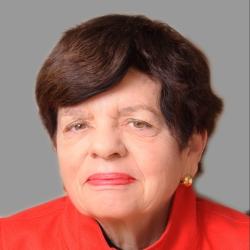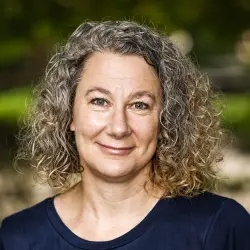In most cities around the country, community colleges play a critical role in providing training for “middle skill” jobs, those that require less than a four-year degree but more than a high school diploma; helping students transfer to four-year baccalaureate programs; and serving adults who want to upgrade their skills. Community colleges are accessible to residents through open admissions and affordable tuition rates. They serve a diverse student body from all social and economic backgrounds with flexible schedules and offerings. Community colleges offer a wide array of academic and occupationally-focused certificate and associate programs tied to the regional labor market. Associate degree programs have clear articulation agreements with four-year degree programs to facilitate transfers. Community colleges also provide strong developmental courses for students without the reading, writing, or math skills required for college-level coursework, as well as support and guidance services to help students succeed. They often forge strong links with public high schools and adult literacy programs. Additionally, community colleges serve regional employers by working closely with them to develop curricula and programs to prepare a pool of skilled and qualified workers.
The District needs a community college to carry out these types of functions. While the regional labor market is generally a high-skilled one, not all occupations in the city and surrounding suburbs require a four-year degree or more. Nearly a third of the jobs in the city itself are accessible to workers with some postsecondary training or a two-year degree. Yet too often, District residents do not meet this threshold. Census estimates for 2005 suggest that more than 111,000 working-age adults in the city have no post-secondary education. D.C. residents with a high school degree or less have higher poverty and unemployment rates than those with some postsecondary education and college degrees.
Despite this need, the District of Columbia does not have a fully fledged community college. In fact, of the 50 largest American cities, Washington is the only city without one. Instead, the city’s only public institution of higher education, the University of the District of Columbia (UDC), struggles with the dual missions of a community college and a state university, straining its resources and hampering its effectiveness.
This brief lays out three options for creating a community college in the District: (1) Create a community college within UDC; (2) create a freestanding community college from an incubator institution; or (3) create a community college network that strengthens and ties together sub-baccalaureate offerings at UDC and other institutions in the city and suburbs. None of these options are easy or cheap, and all would require substantial commitment from city leaders and major new investments in higher education. If the city is not willing to make a large and long-term investment, it cannot expect much in return. While each option has benefits and limitations, we believe that the most viable, effective, and sustainable option is the creation of a freestanding community college that starts within an incubator institution.
None of the options call for eliminating UDC’s state university functions in favor of a community college mission. However, the creation of a strong community college would have major implications for UDC since it currently carries out all of the city’s public higher education functions. If the city chooses to move forward with one of the above options, the community college planning process should take place within a broader, inclusive dialogue about the city’s public higher education needs and priorities.



